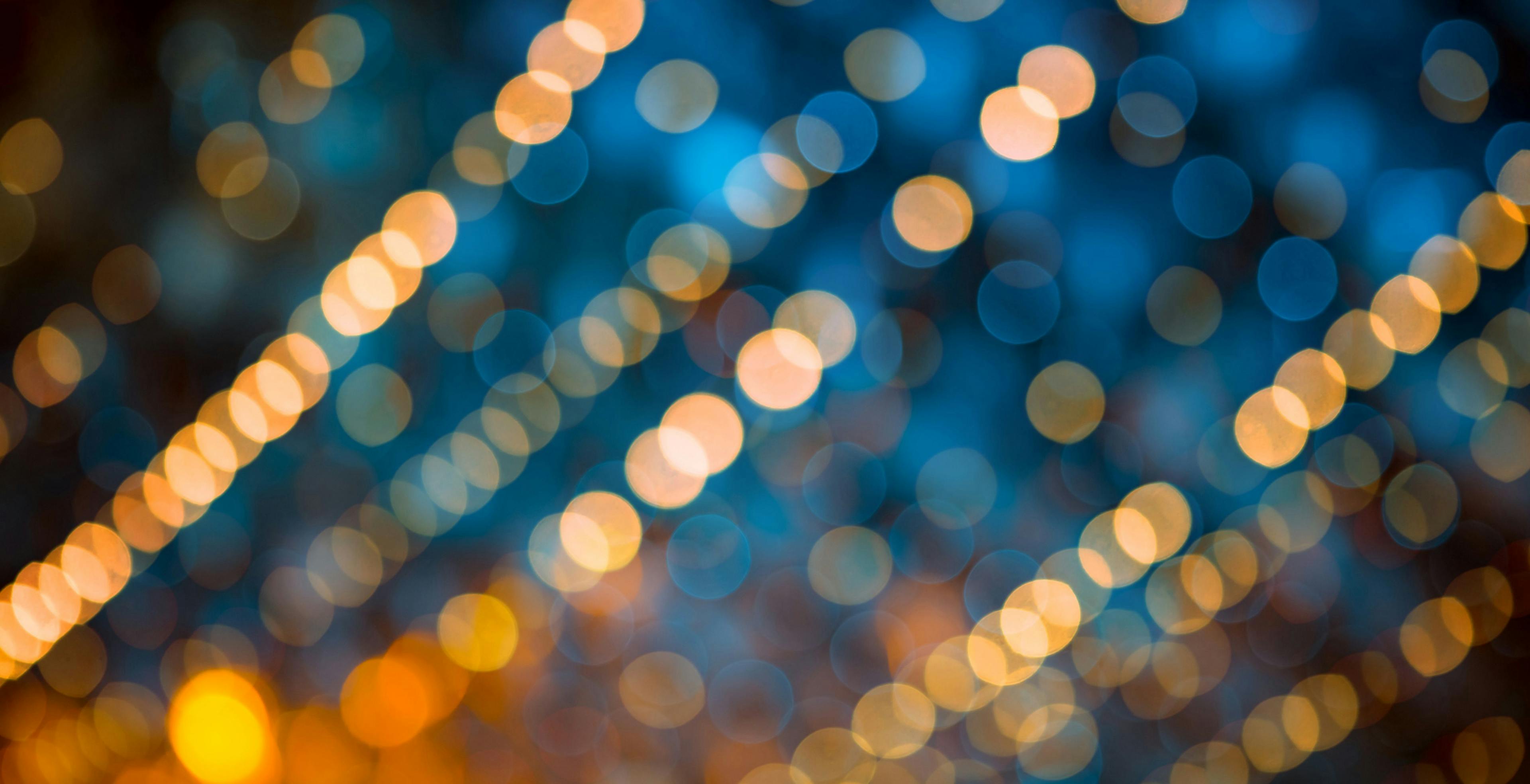Rapid CZE Method for Foot-and-Mouth Disease Vaccines
Researchers from the Chinese Academy of Sciences, Beijing, PR China, have developed a simple and rapid capillary zone electrophoresis (CZE) method for online separation and quantification of foot-and-mouth disease virus (FMDV) antigens in monovalent and bivalent FMDV vaccines.
The ability of viruses to mutate leads to many variations of already known diseases. These variations—known as serotypes—can be resistant to treatments developed for other iterations of the disease. This lack of cross-protection between these serotypes led to the development of bivalent or multivalent vaccines, which bring together several serotypes of antigen in one treatment to offer a broad range of protection. However, the quality control (QC) of such vaccines by manufacturers and regulatory agencies is highly challenging, requiring the detection of multiple antigens. Additionally, time and monetary factors have to be considered and, as such, a single rapid detection method would be ideal.
Using FMDV as an example, researchers developed a CZE online method for separation and quantification of virus antigens of different serotypes in a multivalent vaccines. Two serotypes A and O of FMDV were purified and used for CZE method development and validation.
The developed CZE method was successfully applied for analyses of commercial monovalent and bivalent FMDV vaccines, and the results were compared with the a recently-developed high performance size-exclusion chromatography method (HPSEC).
Compared with HPSEC, CZE was able to separate and quantify the 146S of different serotypes within 12 min, which indicates the advantages of this approach as a rapid and simple method for the quality control of bivalent FMDV vaccines. HPSEC was also not capable of differentiating the various serotypes of FMDV, which all have a similar diameter of about 28 nm.
The CZE method also has potential for the analysis of other multivalent FMDV vaccines throughout the production process, according to the researchers.
The successful application of CZE in FMDV vaccines quantification indicated it can be further extended to the quality control of other multivalent virus and VLPs vaccines. For CZE application, suitable background electrolytes (BGE) need to be carefully selected to increase the detection reliability.
Reference
1. Y. Song et al., J. Chromatogr. A. 1637, 461834 (2021).


.png&w=3840&q=75)

.png&w=3840&q=75)



.png&w=3840&q=75)



.png&w=3840&q=75)











